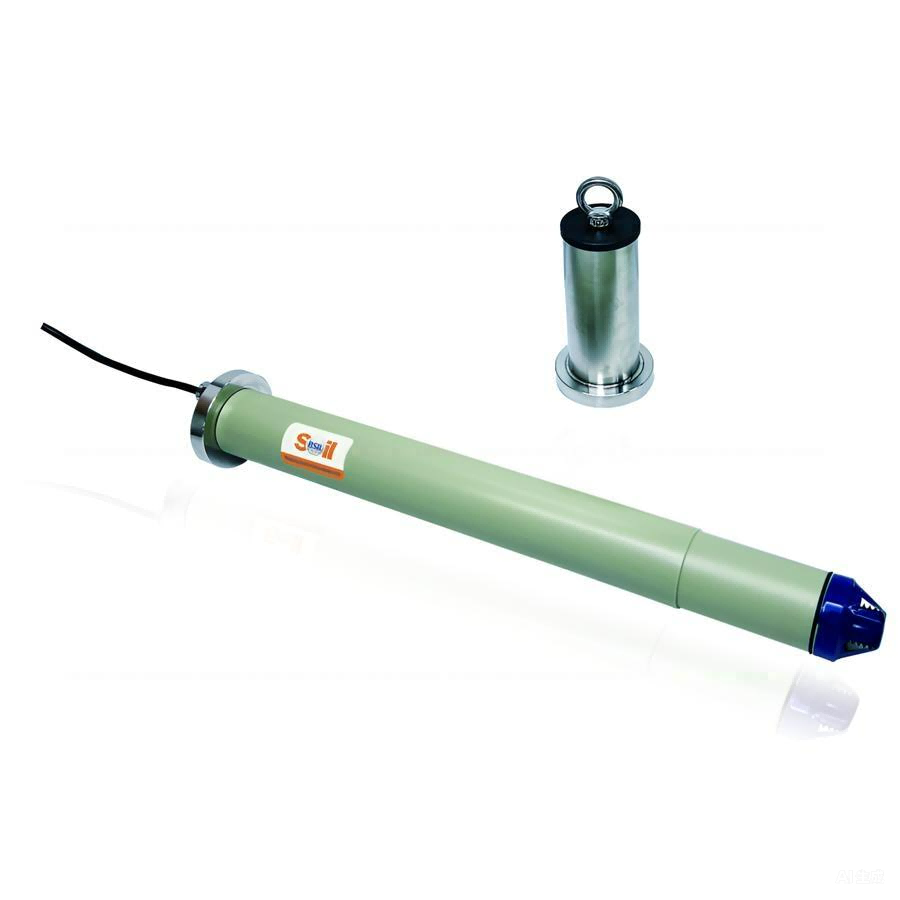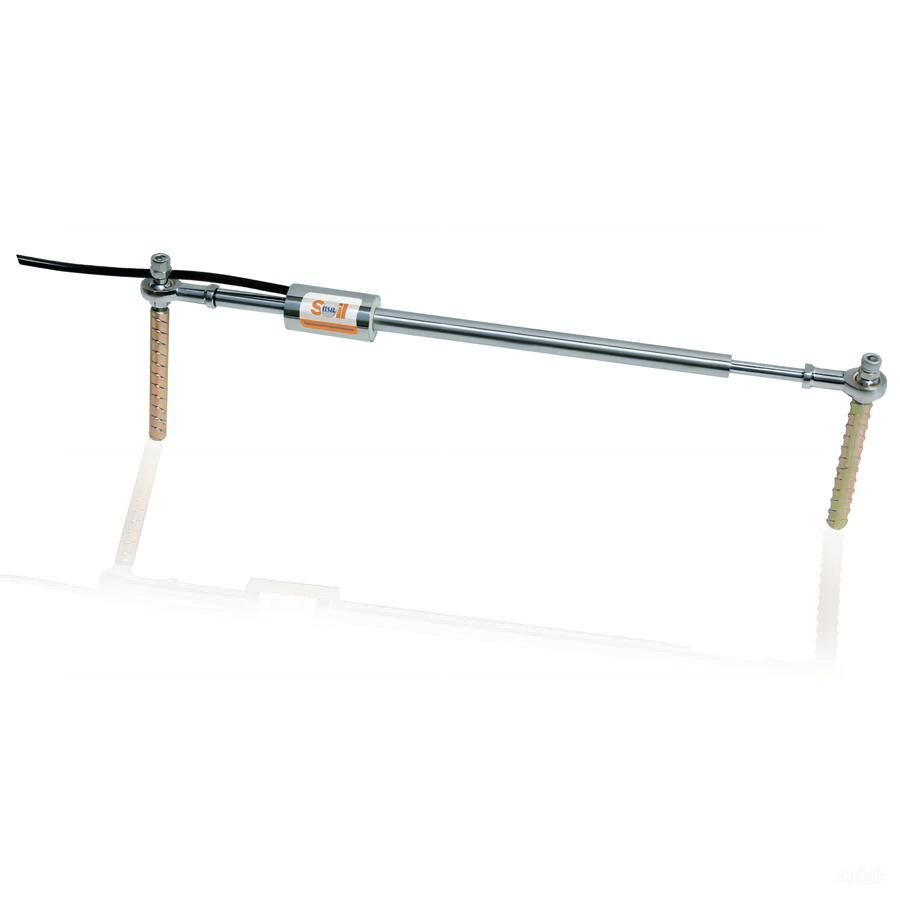The Model BSIL-J2 Vibrating Wire Crackmeter consists of a vibrating wire in series with a tension spring, which is made from high quality Stainless Steel and designed for long-term, reliable monitoring.
Applications
The Model BSIL-J2 Vibrating Wire Crackmeter measures across surface cracks and joints in buildings, bridges, dams, pipelines and similar structures. The inner thermometer can also measure the temperature of the setting space, and the inner global universal joint allows some displacement. It can measure both the opening and closing of cracks or joints.
A change in distance between the anchors, by the crack opening or closing, will cause the connecting rod to move within the transducer body, changing the tension on the spring and thus altering the resonant frequency of the wire.
◆Integral thermistor
Main Specifications
Model: BSIL-J2
Range: 12.5, 25, 50, 100, 150, 200, 250, 300mm
Resolution: 0.025% F.S.
Accuracy: ±0.1% F.S.
Temperature Range: -20 to + 80°C
Dimensions: Dia.12mm (sensor)/ Dia. 25mm(coil)
Operation
The Model BSIL-J2 Vibrating Wire Crackmeters are designed to measure movement across joints such as construction joints in buildings, bridges, pipelines, dams, etc.; tension cracks and joints in rock and concrete.
The ends of the sensor are attached to anchors (with ball joints) that have been grouted, bolted, welded or bonded on opposite sides of the crack or fissure to be monitored. 3-D mounting brackets, which allow measurement of displacements in three orthogonal directions, and special clamps for attachment to a variety of earth reinforcements and geogrids, are also available.
The frequency signal is transmitted through the cable to the readout location, conditioned, and displayed on portable
readouts or dataloggers.


